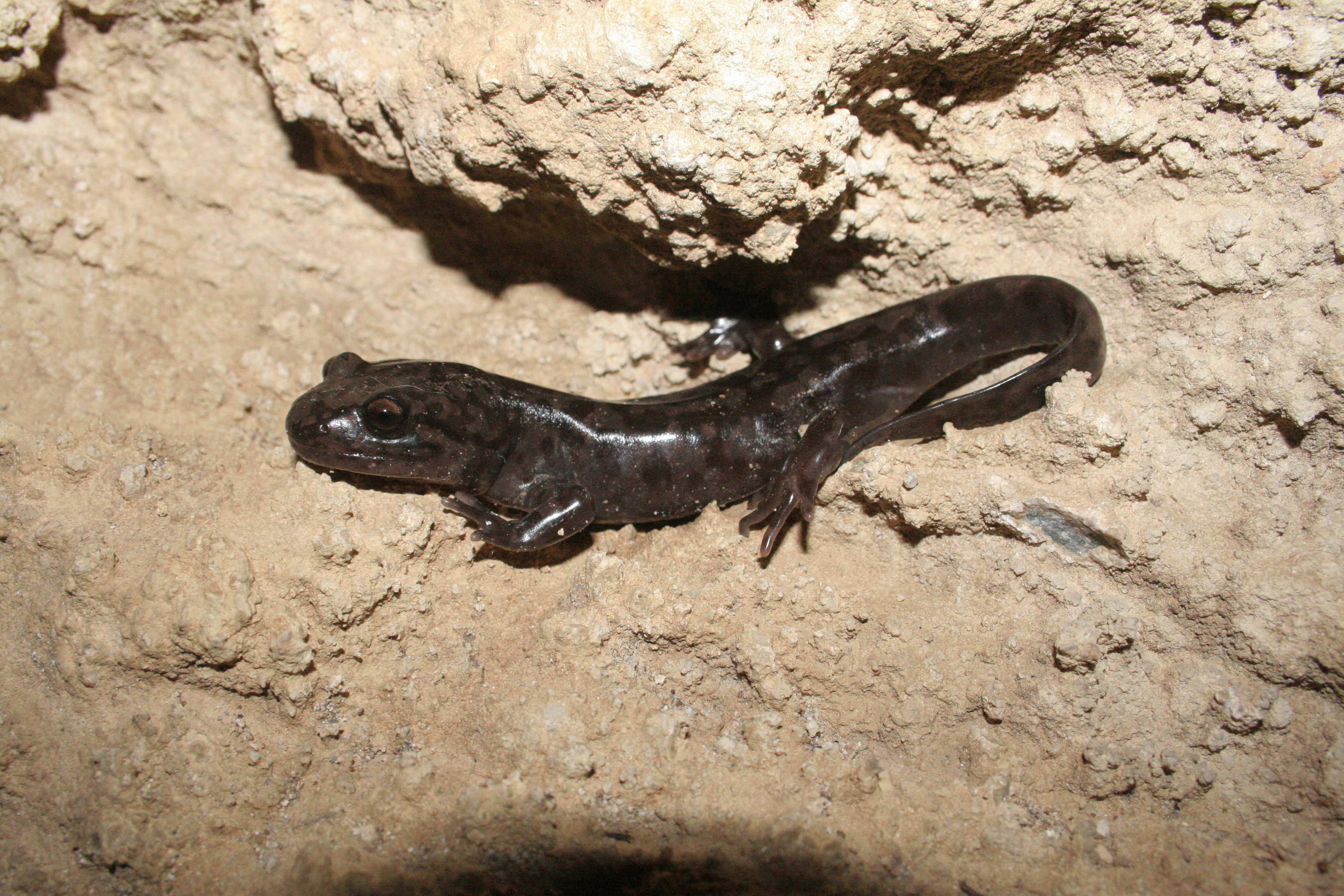Pacific giant salamander is a group of salamanders found in northwestern North America. They rank among the largest salamanders that live on land. Some Pacific giant salamanders can reach 14 inches (35 centimeters) long. Their skin typically appears black, brown, dark green, gray, orange-red, or tan. Their bodies often have striking marbled patterns. The name Pacific giant salamander is sometimes used to refer to a particular species (kind) in the group.

Pacific giant salamanders begin their lives in cool, rocky forest streams. There, the female lays about 25 to 200 eggs in an underwater nest, which she typically guards. After hatching, the young take several years to mature. They eat small fish and amphibians, as well as various invertebrates (animals without backbones). The young salamanders have finlike tails and heads that are shovel-shaped. The young also have gills exposed on either side of the neck. The gills may be short or have a pronounced feathery appearance. Some gills are brilliant red in color.
As young Pacific giant salamanders mature, they can undergo a pronounced physical change called metamorphosis. During metamorphosis, the body absorbs the gills and undergoes other changes in body shape that prepare the adult for life on land. However, some adults keep their gills and other characteristics of young salamanders. They continue living mostly in the water.
Pacific giant salamanders that undergo metamorphosis move onto land when they become adults. Such adults live in forests, usually near streams or other water. They hide in moss, leaf litter, and other forest clutter to wait for prey and avoid animals that hunt them. Pacific giant salamanders are determined hunters. Large adults can take such sizable prey as banana slugs, lizards, rodents, and snakes.
